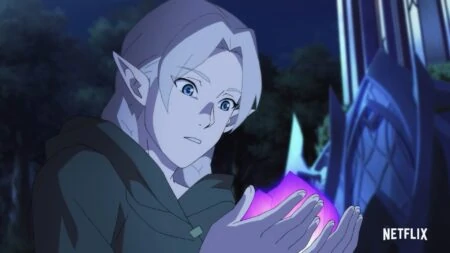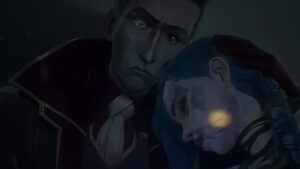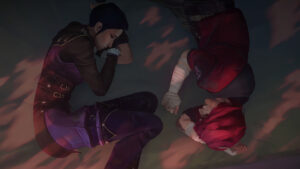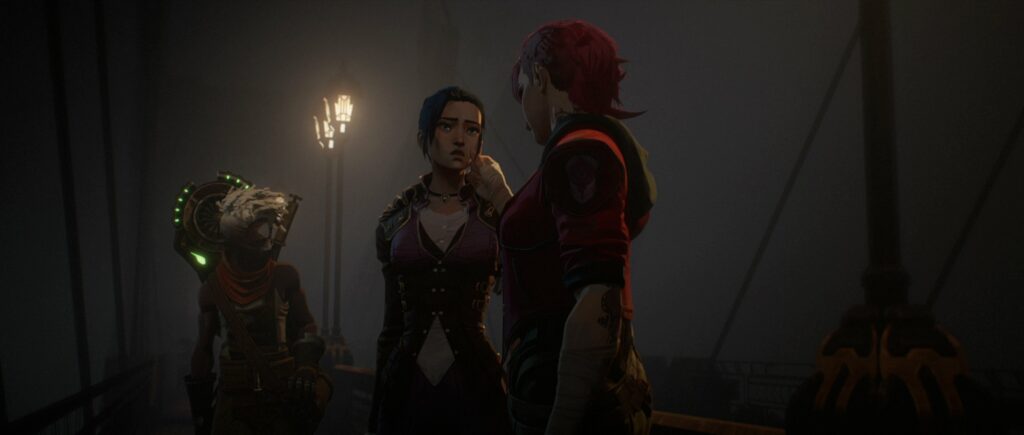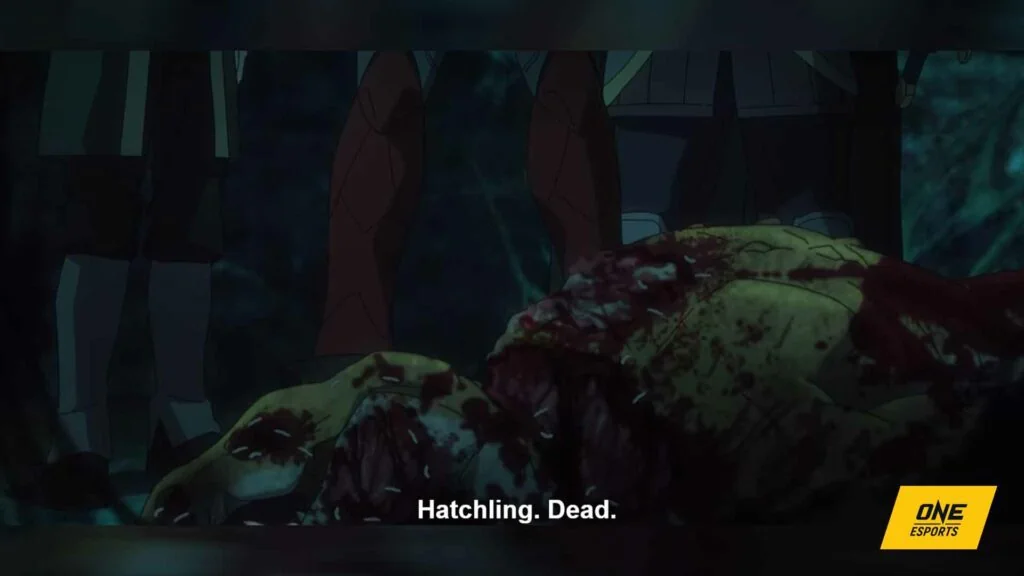The first time I came close to anything Dota was when an ex-boyfriend lent me his Warcraft 3 CD.
Seeing that it’s still lying in my drawer, I guess I haven’t returned it.
Not long after, League of Legends was released in 2009. Not having to deny creeps was a big selling point for a newbie MOBA player like me, and I ended up playing the game for more than 10 years, which turned me into a LoL esports fanatic and journalist.
In this lifetime, I’ve given Dota 2 a chance a grand total of five times. But because I find the game inaccessible, I’m glad that Dota Dragon’s Blood exists. The Netflix animated series is a great way to appreciate my favorite Dota heroes without lifting a finger.
With book 1, I took my time watching it, absorbing the story, the characters, and the environment. When book 2 came out, I stayed up till 5 a.m. and finished it in one sitting. Now, before you start comparing Dragon’s Blood with Arcane and refuse to give it a chance, here all the reasons why you should still check it out in this spoiler-free review.
- Who will be the next Dota 2 hero from DOTA Dragon’s Blood?
- Who is Vinari in DOTA: Dragon’s Blood Book 2?
Dota Dragon’s Blood world building is completely different from League of Legends Arcane. It had to be.

There are two types of Arcane fans: those who play League of Legends and are familiar with its champions, and those who’ve never heard of League.
When it comes to watching Dragon’s Blood however, Dota players and non-Dota players are more or less in the same boat because there isn’t much lore to begin with. Sure, there are still Easter eggs that players spot and appreciate on a deeper level, but discovering the Dragon’s Blood universe, an alternate one from the game, makes us equals.
In contrast, over the course of 12 years, Riot Games took the chance to expand on Runeterra’s lore across multiple game titles, and mediums, including comics, novels, and cinematics. Zaun and Piltover were already yin and yang. Jinx and Vi, as we know from their voice lines, are sisters. Every champion has an established affiliation in which their story is built upon.
Dota doesn’t have the same depth of background to its heroes—which opens up possibilities.
World building, the process of creating an imaginary world, had to be done from scratch in Dragon’s Blood. Its usually carried out through a top-down approach, bottom up approach, or both.
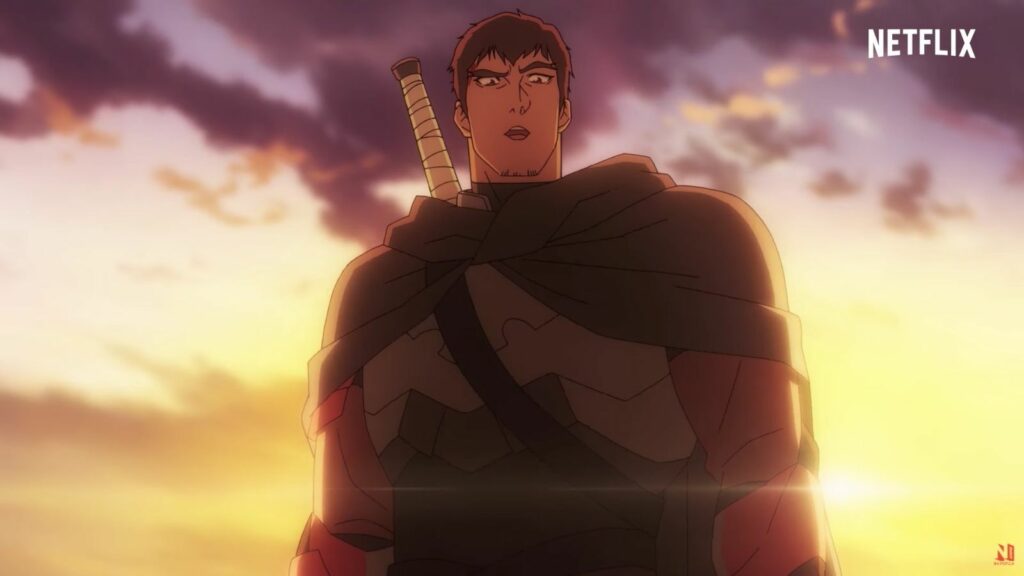
In the opening scene, we’re greeted by an omniscient narrator, the first and last time in this entire series. Once certain overarching facts are established in this brief top-down approach, we start our journey with Davion the Dragon Knight, from the bottom up.
While Arcane provides a high level of immersion by basing its story in a single dual city plagued by socio-political issues, Dragon’s Blood moves. The story moves because, well, dragons are huge creatures that cover much ground in a single flight.
Just because its world building is expansive, crossing regions, territories, climates, even dimensions at times, doesn’t mean that it’s any less immersive. The narrative is firmly grounded in the protagonists—Davion and his internal/external relationship with Slyrak, and Mirana. From there, the story explores who they are in this world, their place, their title, their duty, and who they choose to be as events unfold.
So at any one point, there’s a constant mix of world building techniques deployed in Dragon’s Blood, conveyed through its animation style and tight script.
By appreciating its animation style, we’re able to sense and feel what the series wants to conveys
Studio Mir, best known for their work on The Legend of Korra, has a distinct animation style.
It has a predominantly 2D animation look, but that’s not the only thing that contrasts it with Arcane.
Even though both Arcane and Dota Dragon’s Blood have their merits, there’s a good reason why I’m specifically putting them side by side here: to illustrate color values.
Choosing the right color value is a core aspect in all forms of art. Narrower color values within a darker tone, such as those used in Arcane, create dim scenes with less contrast. In turn, they produce an intended mood and atmosphere to support the storyline.
Dragon’s Blood, even in scenes located underground or under moonlight, has more varied color values. In scenes involving large light sources, the color values expand further, so much so that your screen looks almost white. What this means is that overall, as a viewer, you’ll notice that the color palette is generally brighter; there’s more “light” from a single glow.
This doesn’t mean its themes are any less mature than Arcane’s. It’s truly a fantasy show with dragons, talking dragons, and a human-turn-dragon driven across continents. Sometimes, the more vast an imaginary world is, the more it carries itself, without the weight of highly intricate animation.
Dota Dragon’s Blood is poetry in animation
Never mind that Dragon’s Blood characters do not have eyebags. Pay attention to their words.
In the first episode, the viewer is already plunged into the unique rhythm of Dragon’s Blood, characterized by single-word sentences, repeated phrases used by more than one character, and tightly controlled sentence length.
After Davion gets his first look at the corpse of a dead Eldwyrm hatchling, he only utters two matter-of-fact words: “Hatchling. Dead.”
Davion describes what’s right in front of him. But because he doesn’t say more, it leaves the possibility that he’s thinking about the implications, leaving the topic hanging.
Captain Frühling then picks up on his dialogue with another set of three short one to two-word sentences: “Hatchlings. Pups. Wee babies.”
Again, we get a glimpse into Frühling’s thoughts. His use of increasingly degrading nouns unearth his disdain for these creatures, but not entirely because nothing more is said. This is by no means a “normal conversation”, but rather a script that teases its viewers. Its characters, on the other hand, appear to have a deeper affinity and understanding with the world and each other.
Within the first five minutes of Dota Dragon’s Blood, there’s already so much to unpack, and I promise that the script’s brilliant subtlety will grow on you. At times, the dialogue will make you smile, frown, pause. The pacing is so surprisingly measured that you’ll rewind ten seconds just to listen again to the way these beautifully crafted words were delivered.
Bear in mind that as part of the show’s world building, and in line with the show’s overall tone and script, Davion and Mirana are very strong, stoic characters. Don’t expect tears or overt outpouring of emotions, but rather two adults banging it out with clever dialogue.
When you watch Dragon’s Blood, remember, listen to the words. Listen to the beat. Listen closely to how the characters speak, and be moved by its poetry.
